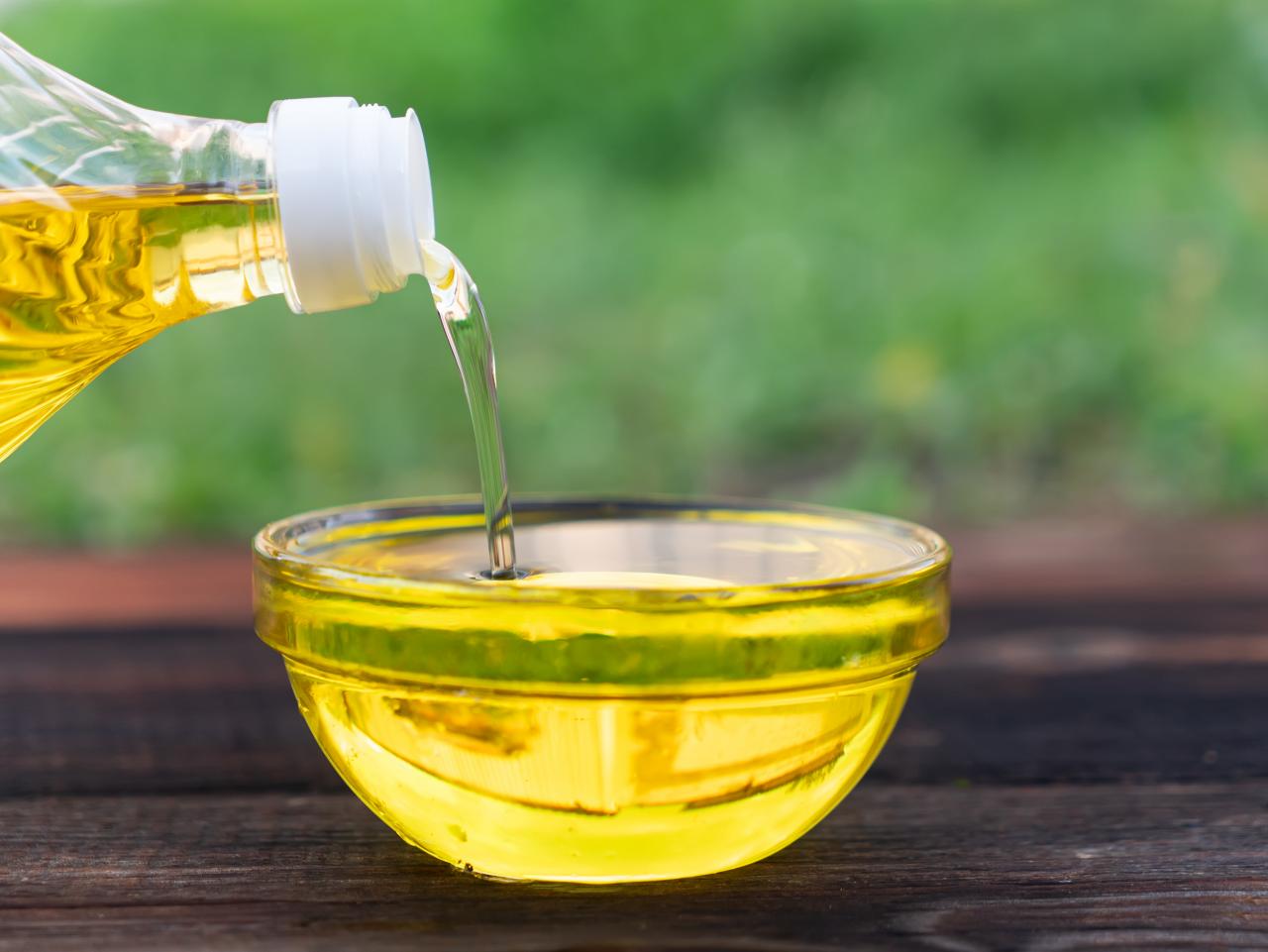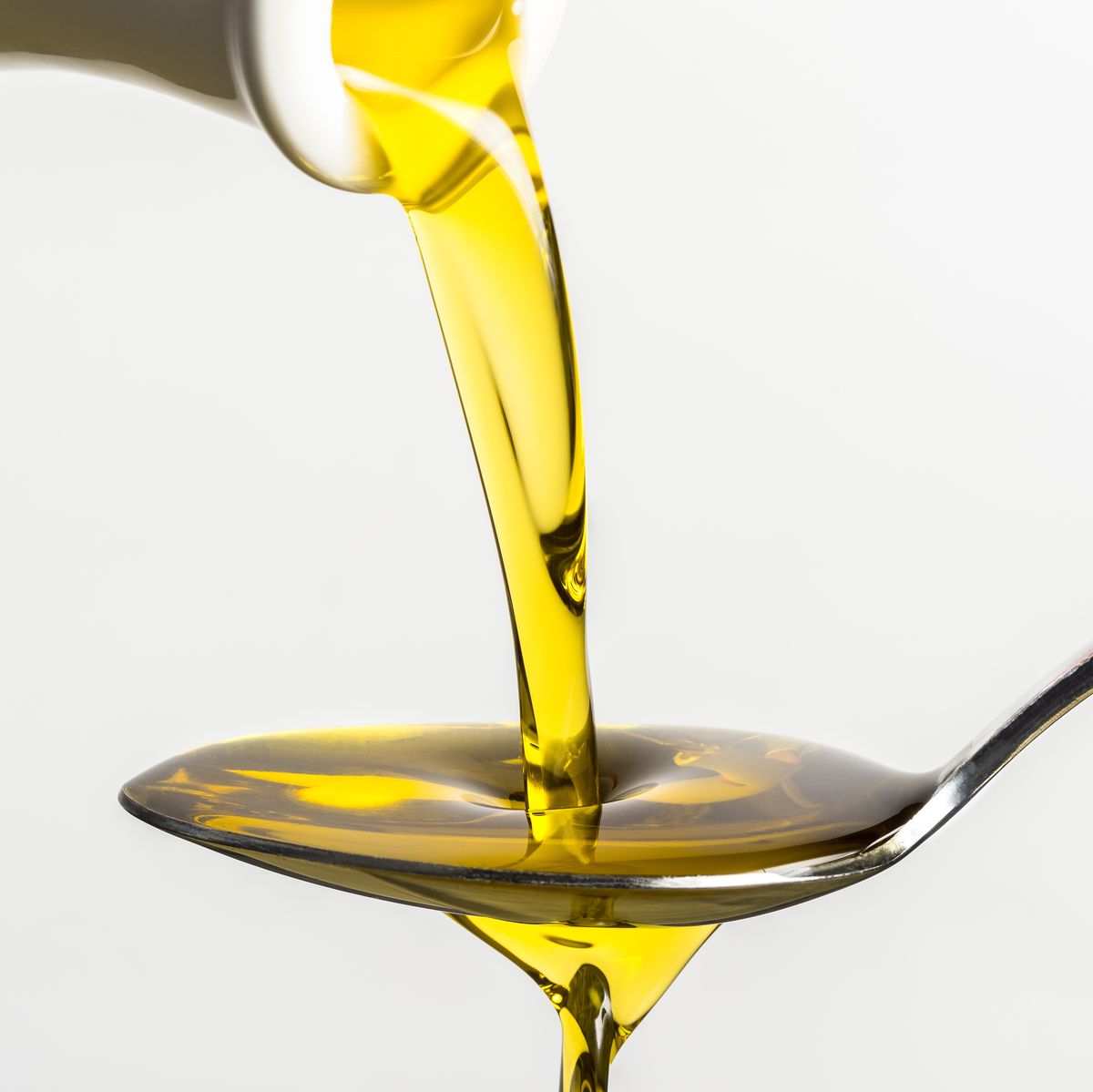Refined Oils vs. Unrefined Oils: What’s the Difference?
Refined Oils vs. Unrefined Oils: What’s the Difference?Here at La Tourangelle, we want our oils unrefined. These oils will keep their original tastes, hues, and health advantages. Refined oils are best used for cooking at high temperatures or for neutral flavors. It is advisable to continue using organic and expeller-pressed refined oils.

Refined Oils vs. Unrefined Oils: What’s the Difference?
Further details on the variations are provided below:
Refined or unrefined edible oils are available. Learn the distinctions between refined and unrefined oils as well as the applications for each.
Why Are There Different Classifications of Oils?
Different classes are produced by the various methods used to extract the oil. Every procedure may serve a different objective and yield a somewhat different outcome. The two primary techniques for removing oil are:
- Mechanical extraction: Three primary methods exist for physically extracting oil from seeds or nuts: Centrifuge extraction (for avocado and olive oils), Hydraulic press (for roasted nut oils), and continuous screw press (also known as an expeller press for most seeds). Controlling the temperature while pressing works best. A temperature press is considered “cold” pressed if it remains below 100F. The greatest way to preserve the nutrients and oil quality is to do this. The oil that is mechanically extracted is considered virgin if it doesn’t require refining. Crude oil is defined as oil that requires refinement.

Refined Oils vs. Unrefined Oils: What’s the Difference?
- Solvent extraction: Chemical extraction, often known as solvent extraction, is a method of removing oil from its source by using substances such as hexane solvent. For commercial or commodity oils like soybean oil, solvent extraction is the most effective method and is frequently employed. All of the oils that your fast-food establishment fries are solvent-extracted oils. To make an oil extracted with a solvent edible, it must be refined.
Virgin or Unrefined Oil: What Is It?
Other than filtering, virgin or unrefined oil has not undergone refining or other processing. It was just a matter of carefully extracting the oil from the source mechanically. The best oil available is this one. For instance, there are three types of olive oil: virgin, extra virgin, and pure.
Unrefined, virgin and extra virgin olive oils have to meet strict guidelines imposed by the United States Department of Agriculture (USDA). Virgin olive oil has no more than two grams of free acidity, while extra virgin olive oil is required to have less than 0.8 grams. An olive oil must also be free of significant flavor flaws in order to be labeled as extra virgin. The Defects Wheel® for Olive Oil, created by renowned sensory scientist Sue Langstaff of Applied Sensory, is a user-friendly, comprehensive educational tool for aroma and flavor defects in olive oil that is presented in a simple volvelle form.
Pure olive oil, on the other hand, has a more neutral flavor and a lighter color. Even while its quality isn’t as high as that of virgin or extra virgin olive oil, it’s still a great option for cooking oil used for all purposes.
Is Unrefined and Organic the Same Thing?
Refined or unrefined organic oils are available. Certain oils could have a label stating that they are organic. Products are categorized as organic according to the methods farmers employ to grow their crops. On the other hand, an oil’s level of refinement is determined by its processing. Both refined and unrefined organic oils are equally likely to be found.

Refined Oils vs. Unrefined Oils: What’s the Difference?
Refined oil: What Is It?
There are various steps involve in refining an oil, which can be sum up as R B D W. The letters R, B, D, and W stand for refining (removing gum and wax), bleaching (removing color, flavor, and soap stock), and winterizing (making the oil transparent at low temperatures). The majority of antioxidants and oil-soluble vitamins are eliminated during the refining process. It’s also possible to develop new dangerous pollutants if such steps are overly strict.
To keep things simple, there are two primary methods for refining oil: chemical refining and mechanical refining. The goal of mechanical refining, which La Tourangelle uses for organic oils, is to create refined oils devoid of chemicals. Compared to unrefined oil, refined oil undergoes significantly more processing. It frequently yields a product with less particles, a lower smoke point, and a longer shelf life. Because refined oils have a greater smoke point, they are frequently superior for deep-frying at high temperatures.
Which Kind of Oil Is Best to Use?
It can be tough to know the sort of oil to use. You can choose between a wide range of types and variants, such as virgin versus refined oil or coconut against canola. Edible oils have a dual use in skincare and cosmetic applications in addition to being use in cooking.
Cooking Oils
Oils can be use in cooking for a variety of purposes, such as marinades and sauces, as well as sautéing and frying. Because different oils react differently to different temperatures, exercise caution when selecting an oil to be used with heat. The smoke points of some of the most often use cooking oils are show below:
- Avocado oil: At 520 F, avocado oil exhibits a high smoke point. This oil will give food a subtle, fruity flavor.
- Canola oil: Have a smoke point of 375–450 degrees Fahrenheit, making it ideal for high-heat cooking and deep-frying.
- Coconut oil: Ideal for healthful sautéing and baking, coconut oil has a lower smoke point of 350 degrees Fahrenheit.

Refined Oils vs. Unrefined Oils: What’s the Difference?
- Grapeseed oil: This oil has a smoke point of about 420–450 Fand a mild, pleasant flavor.
- Nut oils: A variety of nuts, including almonds, walnuts, hazelnuts, pecans, and pistachios, create great cooking oils. Based on the nut, their smoke points will differ.
- Olive oil: 325–375 F is the smoke point of olive oil. It’s the ideal all-purpose cooking oil for roasting, sautéing, and marinating because of its vibrant, peppery flavor.
- Peanut oil: This oil is also excellent for deep-frying, with a smoke point of 450 degrees Fahrenheit. This oil gives food a nutty, fragrant flavor.
- Sunflower oil: Ideal for a variety of high-heat cooking techniques, sunflower oil has a smoke point of 450 degrees Fahrenheit.
Oils for Cosmetics
Oils can also be use for cosmetic and skin care purposes. Numerous oils offer fantastic natural advantages for skin and hair:
- The best way to naturally rehydrate your skin and scalp is using coconut oil.
- The suppleness and softness of the skin can be improve with the use of grapes oil.
- Vitamins A and E are present in high amounts in almond oil.
- Dry, itchy skin can be sooth and relieve with avocado oil.
- Dry, brittle hair can be revitalize with olive oil.
- Sunflower oil is effective against breakage and dandruff.

